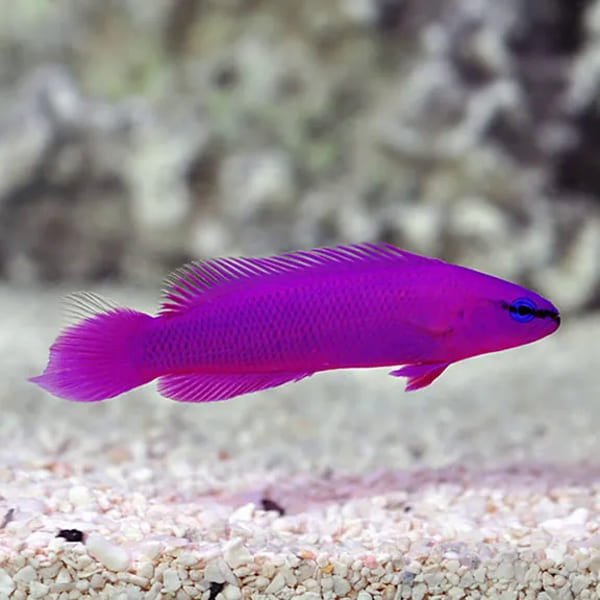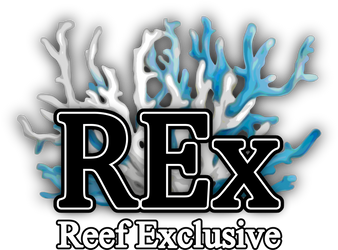
Fridmani Orchid (Pseudochromis Fridmani)
Species Name : Pseudochromis Fridmani
Care Level : Easy
Temperament : Semi-aggressive
Color : Purple
Diet : Carnivore
Reef Compatible : Yes
Water Conditions : sg 1.020-1.025, 72-78° F, dKH 8-12, pH 8.1-8.4
Max. Size : 3"
Origin : Red Sea
Minimum Tank Size : 30 gallons
Fridmani Orchid (Pseudochromis Fridmani) is a species of fish in the family Pseudochromidae, the Dottybacks. Its common name is Orchid Dottyback. It is endemic to the Red Sea.
This gorgeous lavender colored fish has a wonderful personality in the aquarium and will surely become the aquarium favorite. This Dottyback has an adult size of only 3", which makes them ideal for smaller aquariums.
The minimum recommended tank size for the orchid dotty back fish is 20 – 30 gallons. The aquarium must be mature and should include ample rockwork, arranged so that there is an abundance of small caves, crevices, channels, and overhangs that provide safe, shady retreats for this species. It is essential that the tank has tight fitting coverslides, as these fish are expert jumpers.
They should be kept in groups of at least 3, ideally more as these fish get very territorial and are best kept with others of their own kind. Will prey on small ornamental shrimps, fanworms, and bristleworms, and will pester small/docile fish (e.g. Anthias, fairy wrasses, firefish, small gobies etc). Species that are not easily bullied e.g. larger angelfish, tangs, hawkfish, and large damselfish, for example, tend to make the best tankmates. The Orchid Dottyback should be the last fish added to the aquarium, otherwise it will show aggression towards any newcomers introduced into what it perceives as its established domain.
This species can change gender from female to male. When a male is needed, a female changes sex and takes on the role.
Offer a variety of small meaty foods such as Mysis shrimp, vitamin-enriched brineshrimp, plankton, finely shaved krill/mussel/cockle/clam etc. Some specimens will take prepared foods such as marine flake and pellets. Feed small amounts several times per day. A varied, nutritious diet will help to maintain the wonderful colours of these fish.
